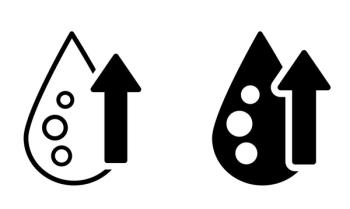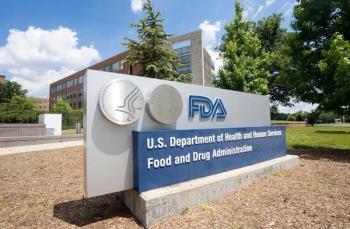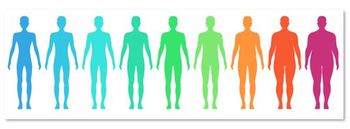
High LDL and HDL: Implications in a Perimenopausal Woman
I would like to offer a few comments on the reply by Dr Michael Prisant to a reader's question about whether statin therapy is appropriate for a 52-year-old woman with a high low-density lipoprotein (LDL) cholesterol level and a high high-density lipoprotein (HDL) cholesterol level
I would like to offer a few comments on the reply by Dr Michael Prisant to a reader's question about whether statin therapy is appropriate for a 52-year-old woman with a high low-density lipoprotein (LDL) cholesterol level and a high high-density lipoprotein (HDL) cholesterol level (CONSULTANT, April 1, 2005, page 431). My comments are based on a poster presentation I made on atherothrombotic risk factors in women at a recent American Heart Association conference.1
LDL cholesterol rises dramatically in the perimenopausal period. Indeed, this patient's LDL has risen despite a low-fat diet--and, as in many women her age, it can be expected to rise even further.
A high HDL can compensate for an elevated LDL, but only up to a point. In our regional laboratory, a break point of 170 mg/dL is used. As LDL increases above 170 mg/dL, the HDL is progressively less able to compensate for the LDL elevation; in fact, once LDL levels reach 250 mg/dL, the HDL level is unable to compensate at all.
In addition, the average LDL cholesterol value associated with atherothrombotic events in women is 152 mg/dL (in men, it is 145 mg/dL). However, if the range of LDL values seen in women is divided into sextiles (the highest being 200 mg/dL or more and the lowest, 99 mg/dL or less), the sextile associated with the most atherothrombotic events in women is 125 to 149 mg/dL.
Because the patient's LDL cholesterol most likely began to rise in the perimenopausal period, she probably does not have any clinical atherothrombotic disease at present. However, because women's coronary arteries are smaller than men's, her arteries will "clog up" more quickly than would those of a man with a similar history. Thus, I would advise treatment with a statin.
Cyclic-sequential hormone replacement therapy could also lower her lipid levels, although the dosage of conjugated equine estrogen might need to be 1.25 mg/d (days 1 to 25) and the medroxyprogesterone dosage might need to be 10 mg/d (days 13 to 25). However, I would never recommend a continuous combined hormone regimen; such therapy has failed miserably to protect women's hearts in clinical trials.
---- William E. Feeman, Jr, MD
Bowling Green, Ohio
References:
REFERENCE:
1.
Feeman WE Jr. Atherothrombotic risk factors in women. Presented at: American Heart Association Second International Conference on Heart Attacks and Strokes in Women; February 2005; Orlando, Fla.
Newsletter
Enhance your clinical practice with the Patient Care newsletter, offering the latest evidence-based guidelines, diagnostic insights, and treatment strategies for primary care physicians.




